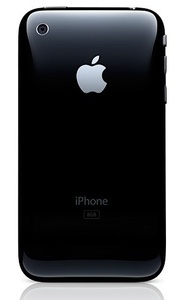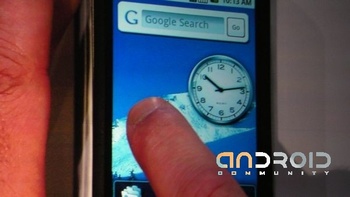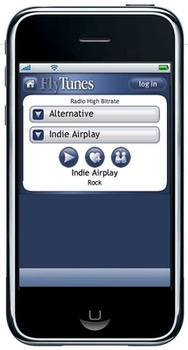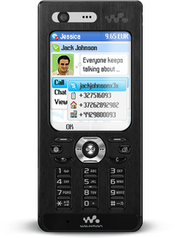Apple introduced iPhone 2.0 today at the World Wide Developers Conference.
Yes, it supports 3G and faster data networks.
Yes, it supports GPS.
Yes, it has a few cosmetic changes and is thinner.
Yes, it carries a (dramatically) lower price: $199 for the 8 GB iPhone, $299 for the 16 GB model.
No, it’s not immediately available, but you can get it in 22 countries starting July 11.
As far as some of the other rumors floating around . . .
Microsoft Exchange and full enterprise support is enabled out of the box.
“Exchange for the rest of us” will be available through MobileMe and Me.com, the re-branding of .Mac.
Third-party applications and the App Store will be available in early July.
No, there does not appear to be an improved camera or video recording (including video chat) of any kind. There’s no Flash support. Or external storage slots. And still no cut and paste! What gives?
Anyway, a tour through today’s keynote.
Continue reading »

 By now, everybody in the known universe has offered up their iPhone 2.0 predictions, prognostications, forecasts, and prophesies. We even think that NASA’s
By now, everybody in the known universe has offered up their iPhone 2.0 predictions, prognostications, forecasts, and prophesies. We even think that NASA’s  Google demonstrated its Android operating system again, this time at the I/O conference in San Francisco. And, well, it’s still full of promise, just in case you were wondering.
Google demonstrated its Android operating system again, this time at the I/O conference in San Francisco. And, well, it’s still full of promise, just in case you were wondering. Get ready for the Internet of people, places, and things. Thanks to the iPhone and Android, it’s just around the corner — no pun intended.
Get ready for the Internet of people, places, and things. Thanks to the iPhone and Android, it’s just around the corner — no pun intended. Whrrl combines the mapping capabilities of the iPhone with the ability to find information on your friends, where you’ve been, where anybody has been — in essence, connecting people, places, and things. Whrrl currently works on the BlackBerry Pearl and Curve.
Whrrl combines the mapping capabilities of the iPhone with the ability to find information on your friends, where you’ve been, where anybody has been — in essence, connecting people, places, and things. Whrrl currently works on the BlackBerry Pearl and Curve.

 I just got finished organizing a Home Screen on my iPhone with a whole new subject area — streaming content. It’s one that, until now, I have completely ignored because I didn’t think it was for me.
I just got finished organizing a Home Screen on my iPhone with a whole new subject area — streaming content. It’s one that, until now, I have completely ignored because I didn’t think it was for me.

 For the first time Skype is offering its own mobile client to make phone calls over its popular VoIP (voice over Internet protocol) service.
For the first time Skype is offering its own mobile client to make phone calls over its popular VoIP (voice over Internet protocol) service. The folks over at
The folks over at